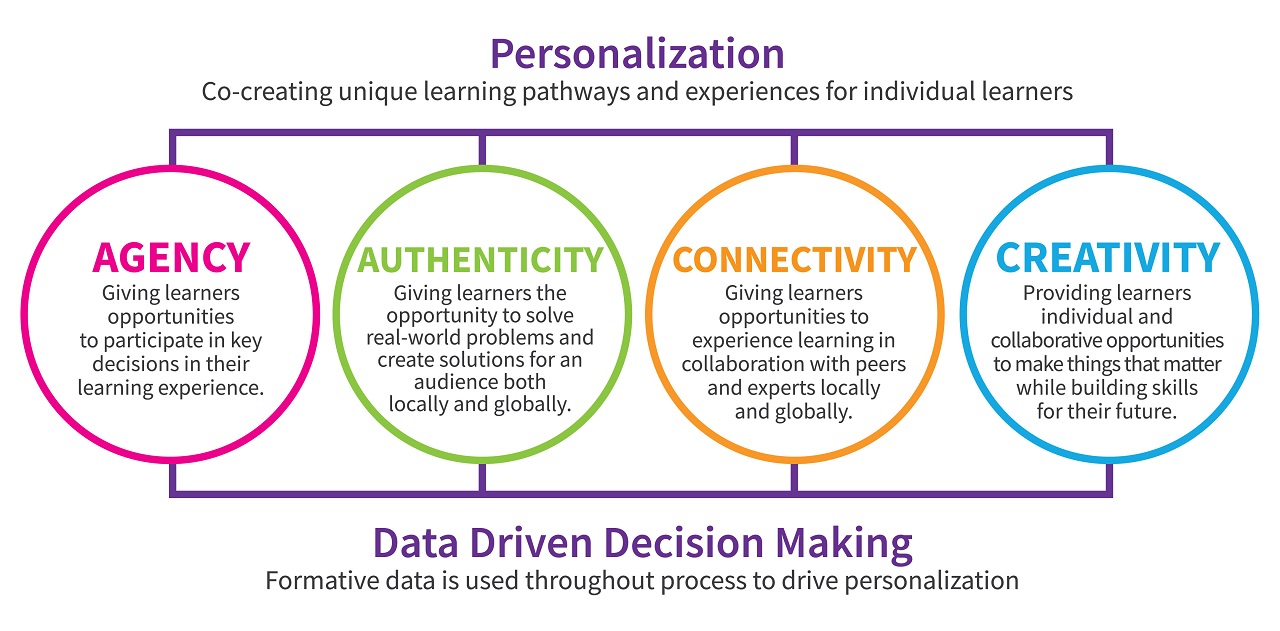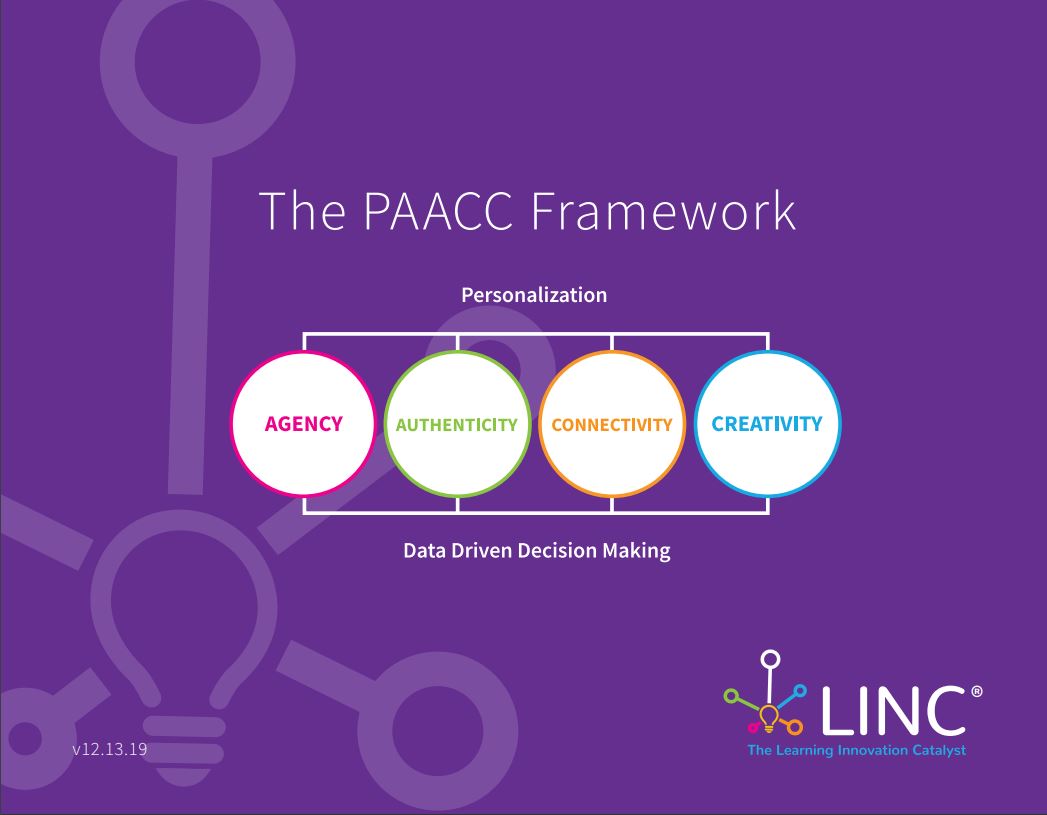Leveraging the PAACC to Build Meaningful Relationships
I recently attended my cousin's 5th-grade “car parade” graduation. In the parking lot, her teacher waved in excitement, clanged symbols, and played music while she congratulated each student by name.  This year showed the world more than ever that teachers are indeed innovative, caring, empathetic, risk-takers who solve challenges to further grow in meeting the social-emotional and learning needs of each student. As a coach supporting teachers, I was filled by what I saw and found myself thinking deeply about a reimagined classroom-- one that brings together skills that were gained this past year as we now aim to deepen the impact of teaching and learning. I narrowed my reflection down to one question. How can the power of meaningful relationships bring classrooms alive where students are able to show up as themselves and grow to their full potential? To start, I thought about the interconnectedness of the learning process and taking a student-centered approach both in mindset and practice-- thinking not about what we do for our students but rather why we do it. Meaningful relationships progress and help students learn and grow, and last far beyond the classroom in preparing students with future-ready skills.
This year showed the world more than ever that teachers are indeed innovative, caring, empathetic, risk-takers who solve challenges to further grow in meeting the social-emotional and learning needs of each student. As a coach supporting teachers, I was filled by what I saw and found myself thinking deeply about a reimagined classroom-- one that brings together skills that were gained this past year as we now aim to deepen the impact of teaching and learning. I narrowed my reflection down to one question. How can the power of meaningful relationships bring classrooms alive where students are able to show up as themselves and grow to their full potential? To start, I thought about the interconnectedness of the learning process and taking a student-centered approach both in mindset and practice-- thinking not about what we do for our students but rather why we do it. Meaningful relationships progress and help students learn and grow, and last far beyond the classroom in preparing students with future-ready skills.
Below are a few key components that go into fostering meaningful relationships in the classroom that put students in the driver's seat. These components are laid out through the PAACC framework. PAACC stands for Personalization, Agency, Authenticity, Connectivity, and Creativity. This framework can serve as a guide for how to create more meaningful relationships by interconnecting you and your students, your students and who they are, your students and their peers, your students and the real world, and your students and the content. Here are my suggestions:

Personalization. Create lessons that provide unique learning pathways for your students that meet them where they are, and support them as they move to the next learning experience. Create a culture where there are opportunities for 1:1 teacher time. During this time work on giving your student your full attention and listen to the value they bring to the conversation. Always start with a check-in. A simple “how are you feeling” goes a long way and tells a lot. Use this dedicated time to co-plan learning experiences with your students by finding out what interests them and how they want to learn the content and skills.
Agency. Learning is a process and mistakes will be made, but mistakes can be excellent learning opportunities. Be confident in your students and provide them with choice in their learning. This will create trusting relationships and encourage students to try new skills on their own with the mindset that mistakes are opportunities for growth, learning, and development. Be willing to shift and allow students space to play an active role when learning. Seek their feedback in key decisions that affect and involve them. A great starting point is to collaborate on expectations for the classroom. When asking students a question, be sure that you are able to hear all voices. Take a multimodal approach so that students have different ways to share their voice. Consider providing students with a single point rubric and personalized learning log to allow them to self assess. Then try letting them lead the conversation during the 1:1 time.
Authenticity. In planning learning experiences for your students, include ways that they can share their learning with others. To connect your students' learning experience to the real world, try engaging an audience outside of school and in the community based on the project or task they are working on. Here you can leverage tech tools such as Flipgrid, Google Blogger and various video meeting platforms to engage your students, while also helping them to develop their skills and connect with the world around them.
Connectivity. Add connectivity and collaboration when learning to allow your students to build meaningful relationships with their peers. Creating this collaborative culture will help students think deeply as they hear and learn from others' perspectives. You can start adding connectivity to your lessons by having students participate in online discussions, collaborate on projects or invite experts and peers within the community to engage in student discussions.
Creativity. The real world calls for creativity and innovation. In designing lessons, allow for students to show and tell us their learning journey. Create lessons that identify real-world problems and then encourage students to create solutions to those problems. Use design thinking strategies in your lessons to support students as they ideate and innovate around a problem.
 Throughout the PAACC, formative data is used to drive decisions and create more personalized learning experiences for students. For more on how you can leverage the PAACC framework to build meaningful relationships with your students click here to download the free PAACC e-book.
Throughout the PAACC, formative data is used to drive decisions and create more personalized learning experiences for students. For more on how you can leverage the PAACC framework to build meaningful relationships with your students click here to download the free PAACC e-book.
I’d love to hear how you might leverage the PAACC to build meaningful relationships with your students. Please reach out to me at jenniferbernier@linclearning.com or connect with me on Twitter @Bernier_Jenn.